For the weeks leading up to the AS PHOTOGRAPHY MOCK EXAM at the end of January 2020 you will need to refer to this resource pack
“SELF -PORTRAIT and IDENTITY JAC PDF”
(to find it just copy and paste the link below into the top bar of the folder icon on your screen)
M:\Departments\Photography\Students\Resources\Portraiture\TO DO
We have included a mini-unit to help you explore opportunities with self portraiture in photography as this may become essential to your project outcomes. We will spend 1 x lesson looking closely at this and discussing ideas for you…
Remember…your stimulus for the month of January is…
IDENTITY and PLACE
- https://www.anothermag.com/art-photography/10669/five-contemporary-photographers-interrogating-identity
- https://www.ft.com/content/a4a0828c-f144-11e7-ac08-07c3086a2625
Blog Posts to make :
- define “identity” and explain how identity can be influenced by “place”, or belonging, your environment or upbringing /gender identity /
cultural identity /
social identity /
geographical identity /political identity
lack of / loss of identity - Add a mindmap and moodboard of ideas and trigger points
- Choose a range of photographers that you feel explore identity as a theme and create at least 1 x CASE STUDY on a chosen artist (that will have an influence on your final outcomes re : MOCK EXAM)
- Organise and carry out your photo-shoots !!! You MUST complete a minimum of 2 PHOTO-SHOOTS in readiness for the mock exam itself
- Decide whether or not YOU will become a feature of your work…will you point the camera at yourself? (how important is self-portrait to “identity”?)
- Show your experiments and outcomes as a response to chosen artists over the next few weeks…and begin to plan how to finalise and display your ideas.
Some suggestions for you to look at…
- Carole Benitah…memories of childhood, loss and belonging
- Jessa Fairbrother…mother and daughter relationship
- Phillip Toledano…loss, death, memory, grief
- Laia Abril…loss and memory, eating disorders and body image
- Diana Markosian…cultural, geographical and political identity
- Rita Puig Serra Da Costa…death, grief, loss and family identity
- Yoshikatsu fuji…relationship breakdown
- Nancy Borowick…relationships and support
- Julian Germain… people as individuals vs community
- Corrine Day… vitality / pressures of youth


Argentina x Identity
https://www.lensculture.com/articles/luis-cobelo-chas-chas-magic-realism-from-argentina


Lorna Simpson—gender identity

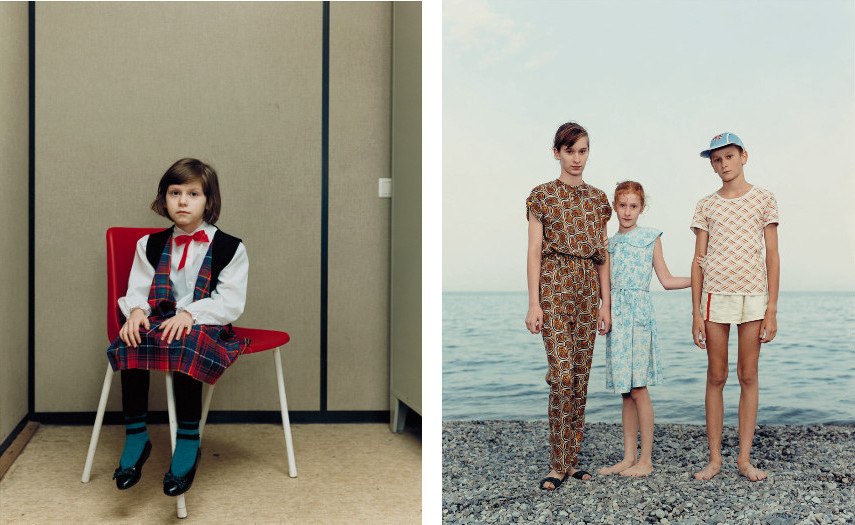



https://www.lensculture.com/articles/dara-scully-a-child-is-playing

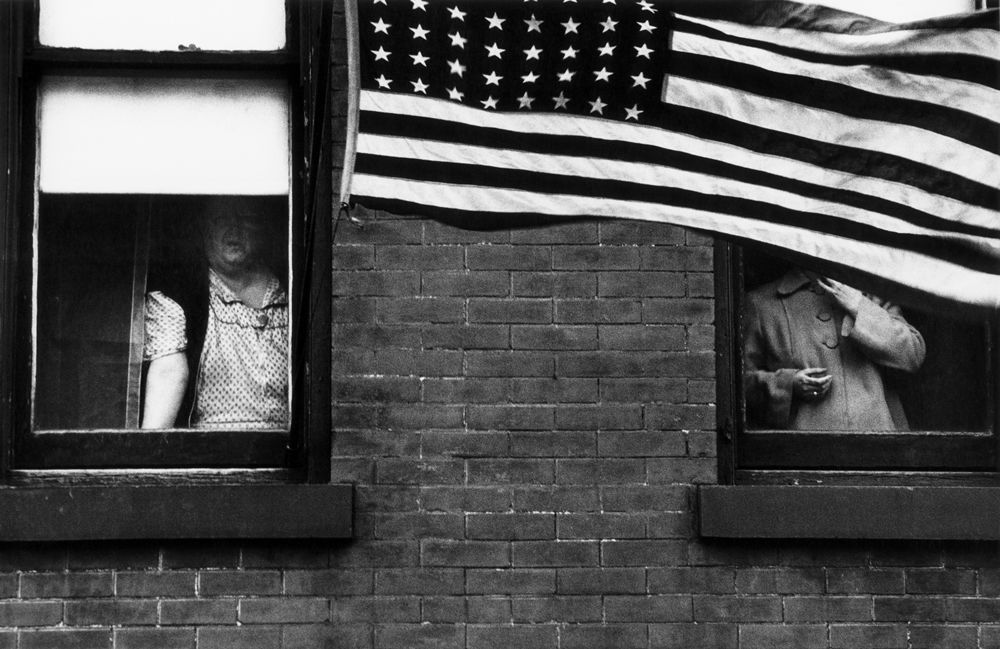


Skate Culture https://www.huckmag.com/outdoor/skate/inside-londons-skate-scene/



YOU NEED MORE IDEAS…? keep looking below
Binary Opposites / disruptive sequences

PERSONAL POSSESSIONS x IDENTITY
CREATIVE IDEAS LINK CLICK HERE
Always ensure you have enough evidence of…
- moodboards (use influential images)
- mindmap of ideas and links
- case studies (artist references-show your knowledge and understanding)
- photo-shoot action plans / specifications (what, why, how, who, when , where)
- photo-shoots + contact sheets (annotated)
- appropriate image selection and editing techniques
- presentation of final ideas and personal responses
- analysis and evaluation of process
- compare and contrast to a key photographer
- critique / review / reflection of your outcomes

Always explore, describe and explain :
- who (is in the photo / took the photo)
- what (is the photo about?)
- why (has the image been made / displayed / connected to other images or text)
- where (was the photo taken)
- how was the photo taken (technical attributes)
- when (was the photo taken)
PRINTING : choose at least 1 x outcome for each of the following…
- response to “identity and place”
- response to photo-montage
- response to tableau / staged reality
- response to studio lighting
- response to street portraits
- response to environmental portraits
LINKS to high scoring A GRADE exemplar EXAM PROJECTS
Thinking about your project in stages…
- Developing and planning ideas
- Taking the photos
- Selecting and editing the photos
- Printing the photos
- Adjusting the prints
- Displaying the prints
Juxtaposition / two frame arrangements
Remember…1 image is a statement, 2 images asks a question
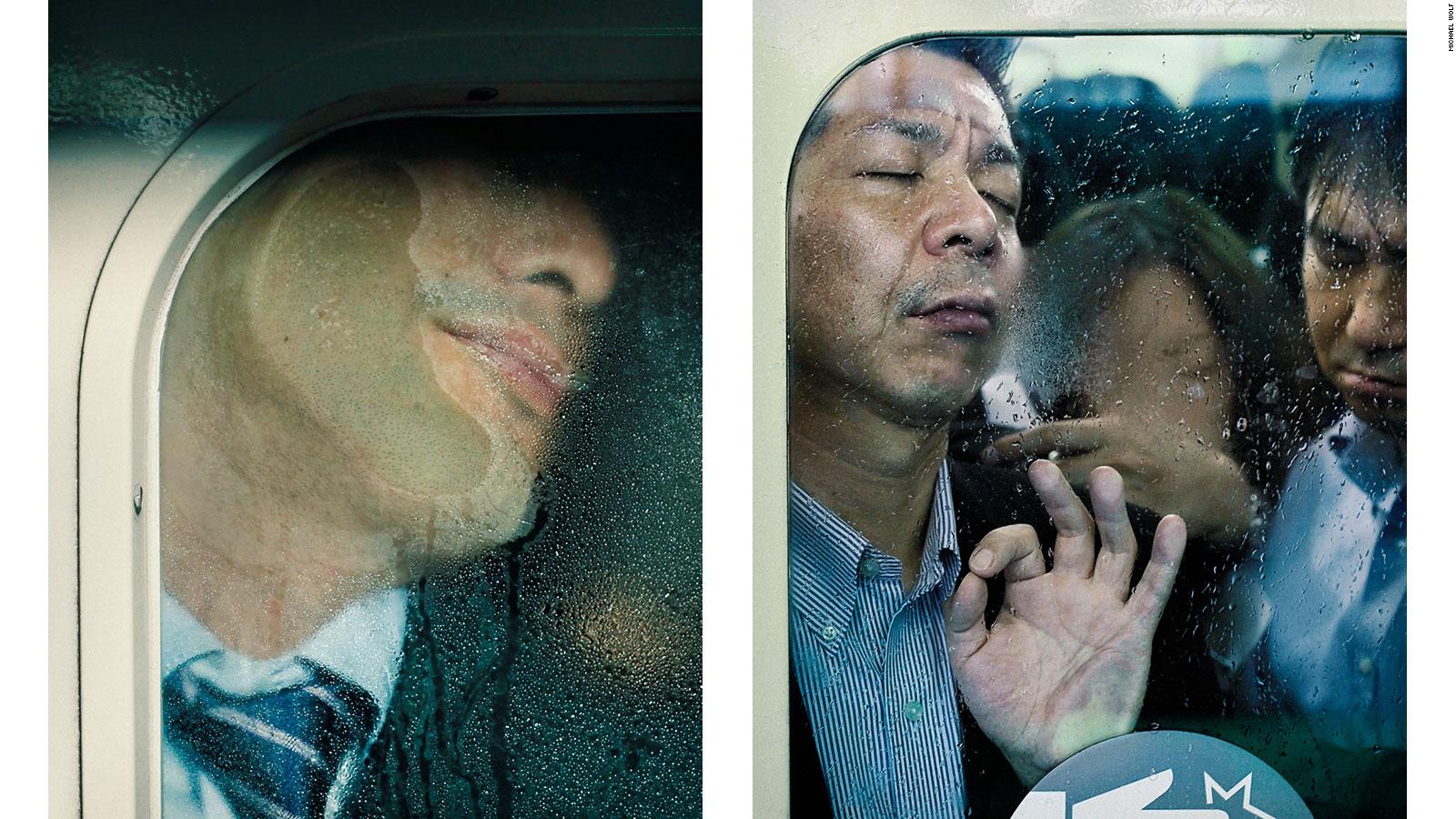
The daily grind can be a test of endurance. In Tokyo Compression, Michael Wolf recorded the extreme discomfort of Japanese commuters pressed up against windows dripping with condensation on their journeys to and from work.
In Harlem Trolley Bus, Robert Frank showed the divisions within American society in the mid-20th century. Dryden Goodwin took pictures of exhausted travellers on London night buses and wove a protective cocoon of blood capillaries around them.

Two-Frame / Diptych Arrangements

Connections with film making…
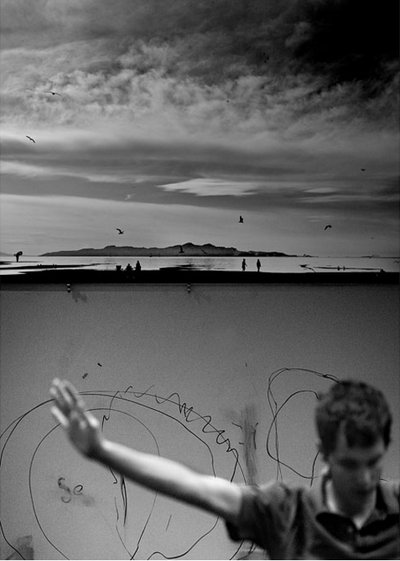
The idea for this project comes from Luke Fowler‘s series of half-frame photographs recently published in the book ‘Two-Frame Films‘. The project is intended to encourage students to concentrate on the editorial aspect of photography, the selection and juxtaposition of photographic images and how this might affect the ways in which a viewer engages with the work. Fowler is better known for his work in film but has used a half-frame camera as part of his practice. This work explores the relationship between two juxtaposed images. A half frame camera exposes two shots on each 35mm frame. A roll of 36 exposures therefore produces 72 images in pairs. The resulting diptychs are still images but reference the theory of montage, first articulated by Russian film makers in the 1920s, specifically Sergei Eisenstein
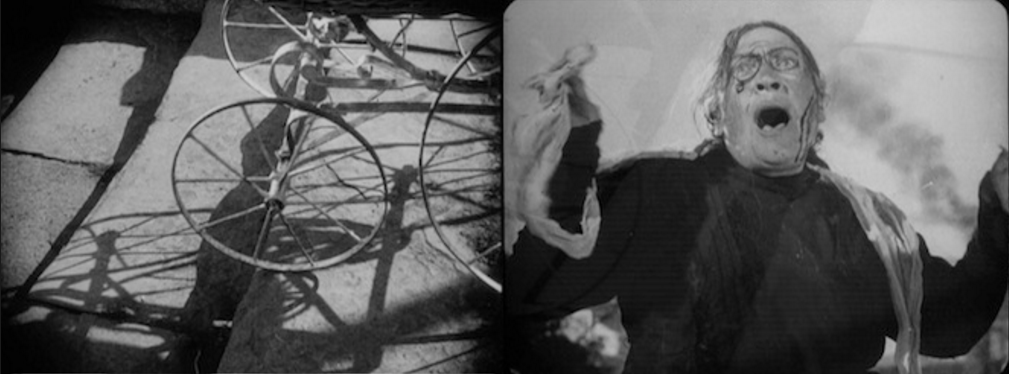

Triptych (3 frame)


Picture Story Layouts

Circular Aperture / alternative framing
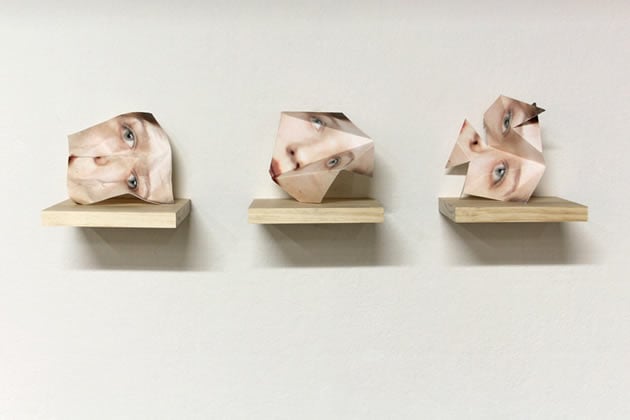

Diorama / pop-out book layout
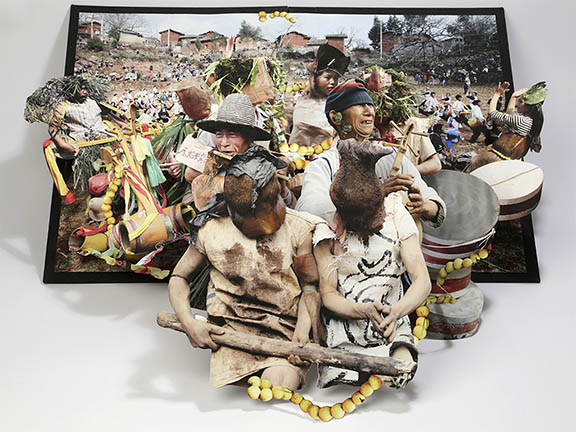

Using projectors / clear acetate and transparencies

Making a Virtual Gallery in Photoshop

Download an empty gallery file…then insert your images and palce them on the walls. Adjust the persepctive, size and shape using CTRL T (free transform) You can also add things like a drop shadow to make the image look more realistic…
Mock Exam : Essentials
- Remember to label each JPEG in the print folder with your name
- Minimum 1 x file per A3. A4, A5
- Ensure that your final images are a direct response to your chosen photographer (s) and show a clear visual link
- Print size images = 4000 pixels on LONG EDGE
- BLOG SIZE images = 1000 pixels on LONG EDGE
